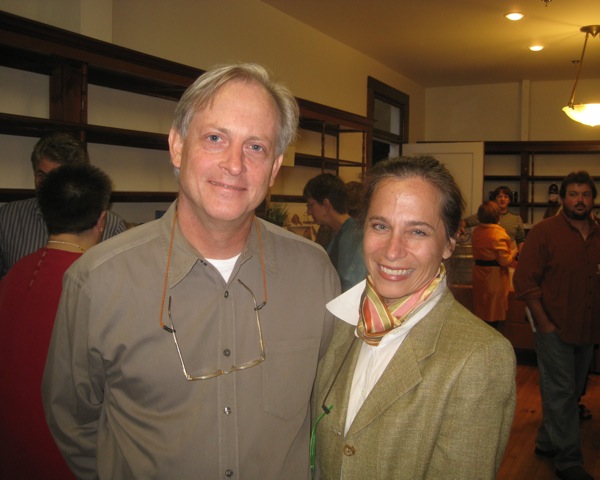First came across Jessica Helfand in an earlier design class which focused on design thinking and theory. Her essay, Dematerialization of Screen Space really got me thinking about in the internet and media. Helfand states in reference to the amazing capabilities of the internet, “But we are also prisoners: trapped in a medium in which visual expression must filter through a protocol of uncompromising programming scripts…” [1] As someone who always professed to not understand anything related to math (misguided self thinking), and pre-computer-in-every-classroom designer, the web terrified me.
In the essay from 2007 Helfand speaks to the dichotomy of instant authorship that goes out to an infinite number of people. She is curious about the quality of information and design on the web. Does the experience leave us with lasting impressions. Are we using the web to its fullest capabilities. Helfand is convinced that now is the time for a new Avant-Garde in New Media. Yet we are help back by a two-dimensional approach to the web. She states, “…the illusion that Internet space is made up of pages, of words, of flat screens. Why is it that design thinking remains so brainwashed by this notion.” She continues by adding that internet space is its own galaxy, emphatically that this galaxy is “by no means flat.” [1]
This particular essay found in Graphic Design Theory, Reading from the Field, was my introduction to Helfand, a pioneer in the field of design for the internet. Excited about the possibilities Helfand is encouraging in the design world, I began reading up about her work. Her studio Winterhouse, is home base for her and her partner William Drentell. In this secluded space the couple are able to focus less on clients and more on self lead design projects.
In August of 2011, Winterhouse and Hotchkiss School of Connecticut, held a design symposium on education and social change. The four gaols of the symposium were to study effective design projects for social change in academic institutions, transforming curricula to match the projects, explore ways in which design centers of research can be come part of institutions and building relationships with outside partners. [2]
Helfand and her partner began Winterhouse Institute, Design for Social Impact and Innovation. In this capacity Winterhouse hopes to extend the ideas of design thinking and good design for good causes initiative. [3]
This idea of bringing social change together with design is exciting and could change the way the design is viewed. There is room for those who want to continue to focus on artifact yet there is also room for others who want to do more socially. This allows for a natural continuum for designers to stay fresh and keep reinventing themselves and thier practices. Jessica Helfand is certainly a designer who has demonstrated leadership in the field of design.
[1] Armstrong, Helen. Graphic Design Theory, Readings From The Field. New York: Princeton Architectural Pr, 2009. Print. p. 119-123
[2] http://winterhouse.com/symposium_2011/index.html

